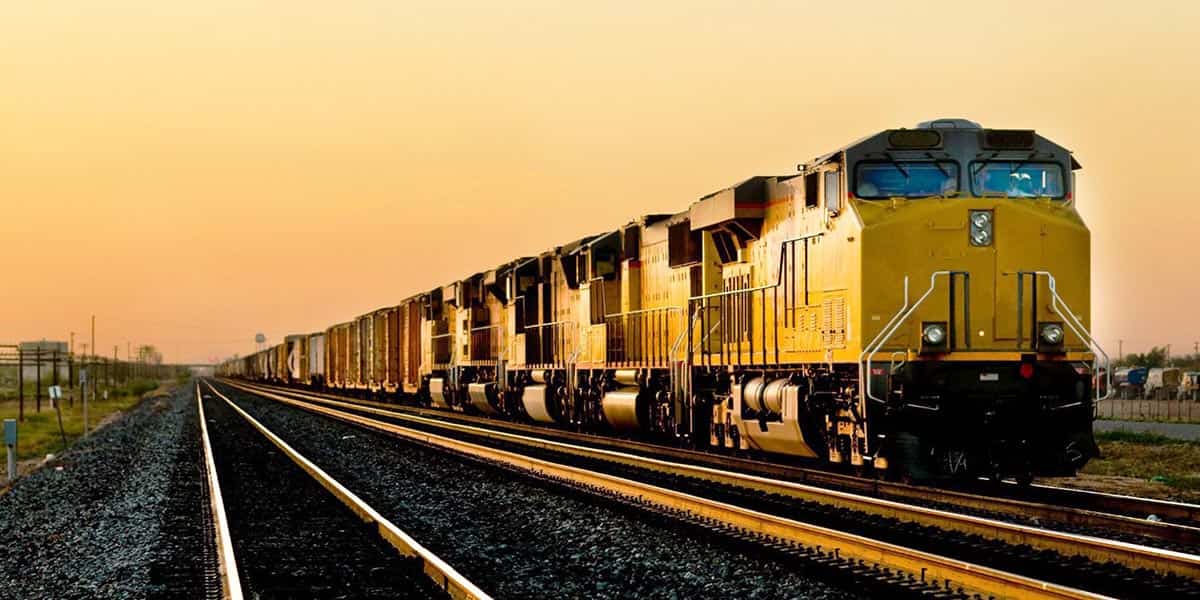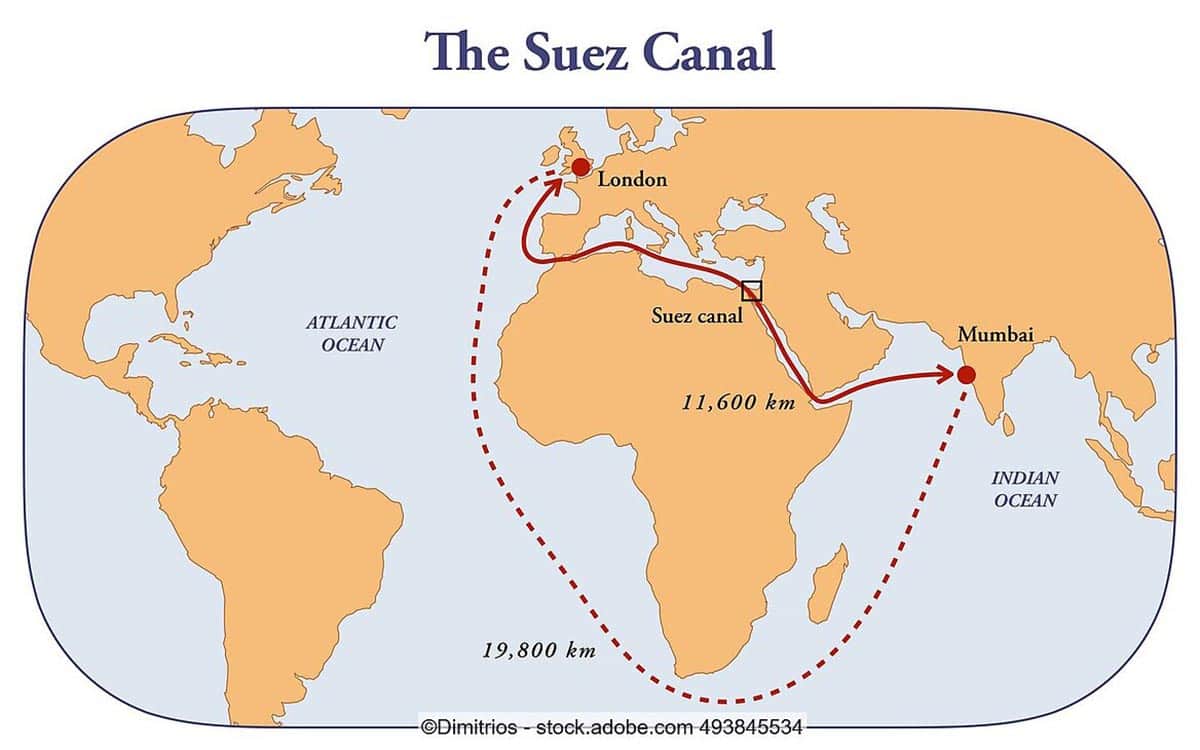
How does the crisis in the Red Sea and the blockage of the Suez Canal affect freight transportation? How have some logistics companies become sponsors of the war in Ukraine? You will find answers to these and other questions in our article.
At the end of 2023, the activity of Yemeni Houthi militants increased in the Red Sea. Drone attacks on commercial ships, the US Navy, and coalition ships led to a significant escalation of the situation in the region.
This caused a number of negative consequences for logistics routes.

Because of the attacks in the Red Sea, shipping companies are redirecting ships to a longer route around the Cape of Good Hope
All these factors have led to increased prices for goods and disruptions in supply chains.
The crisis in the Red Sea has significantly affected the logistics routes connecting Asia and Europe. Despite the risks, many ships continue to pass through the Suez Canal. However, the increase in the number of Houthi attacks on commercial vessels forces logistics companies to seek alternative routes.
A significant increase in demand for freight transportation via the railway corridor through Russia is observed. Thus, the German logistics company DHL recorded a 40% increase in transportation requests through the Russian Federation. RailGate Europe also reports an increase of 25-35%, and Rail Bridge Cargo recorded a 31% increase compared to last year. Despite the sanctions imposed on the aggressor country, some companies still use the route through Russia.
Currently, there are two main routes for delivering goods from China to Europe by rail.
The crisis in the Red Sea and the war in Ukraine have forced logistics companies to choose: use the route through Russia or opt for alternative routes.
For example, Kuehne & Nagel and Maersk have clearly outlined their position: they refused transit through Russia for ethical and humanitarian reasons.
Some other logistics companies continue to use the route through the aggressor country. Unfortunately, some Ukrainian companies are also on this list. Thus, they are sponsoring the war against Ukraine.
The DiFFreight team is outraged by such messages. This situation indicates that business does not exist in isolation from moral and humanitarian values. Economic benefit cannot be an excuse for supporting an aggressor. Logistics companies must be aware of their responsibility and make choices in favor of ethics and humanity.
We urge you to be vigilant and verify delivery routes when placing orders. Remember that using a route through Russia effectively becomes sponsorship of the war against Ukraine.

